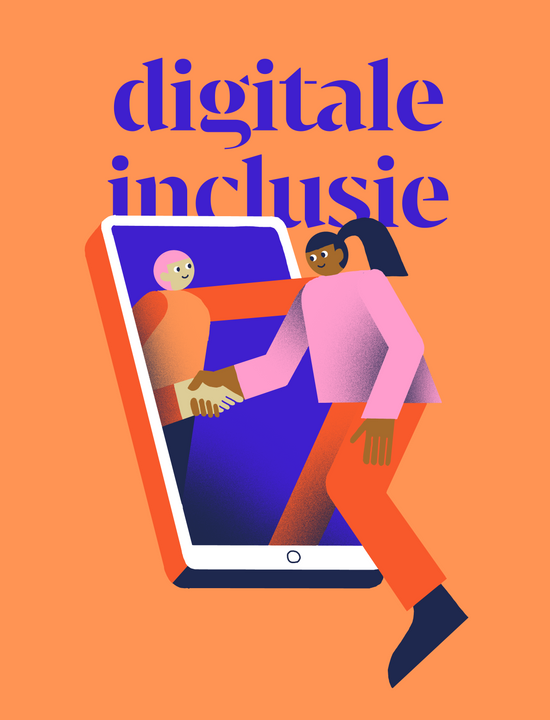What is the digital gap?
The digital gap refers to the supposed chasm between people who do and do not have access to the internet and digital devices. It grew from the assumption of a direct link between social and digital exclusion. It was assumed that digital exclusion was only a problem for the most vulnerable groups in society, like those in poverty, those with low levels of education, or the unemployed.
That’s no coincidence: it’s true that many people from those groups are vulnerable to digital exclusion. They also feel the impact more intensely, for example because they don’t have any close contacts who are digitally savvy and therefore have no support network to rely on. The dominant idea used to be that a lack of (high-quality) access was the root of the issue. Therefore, initiatives to improve digital inclusion tended to focus mainly on providing (fast) internet, public computer spaces, etc.
